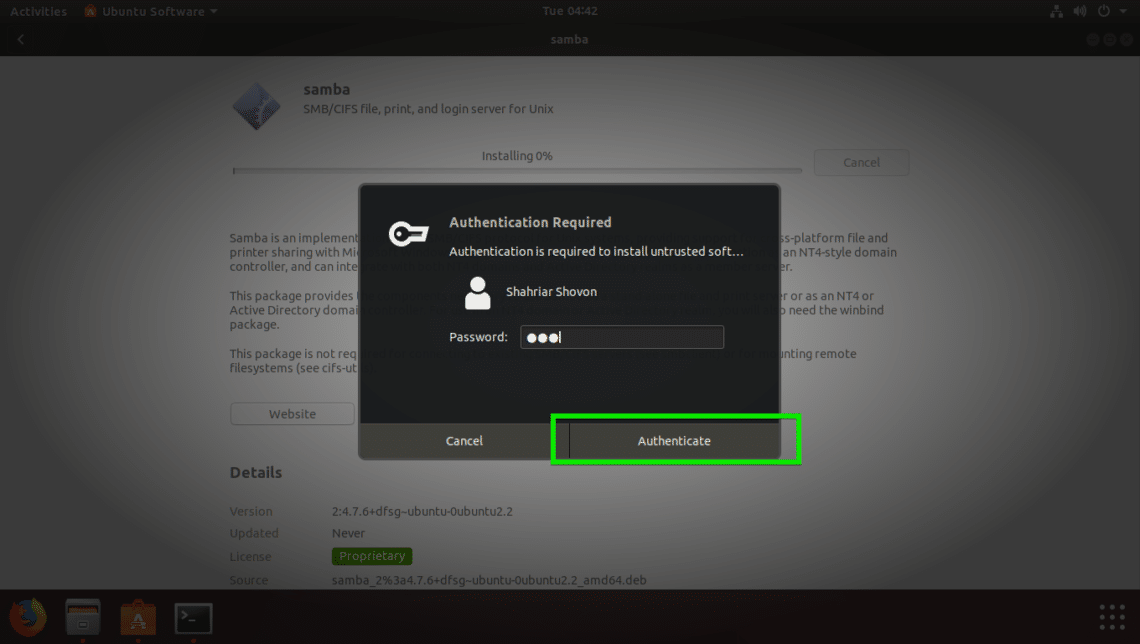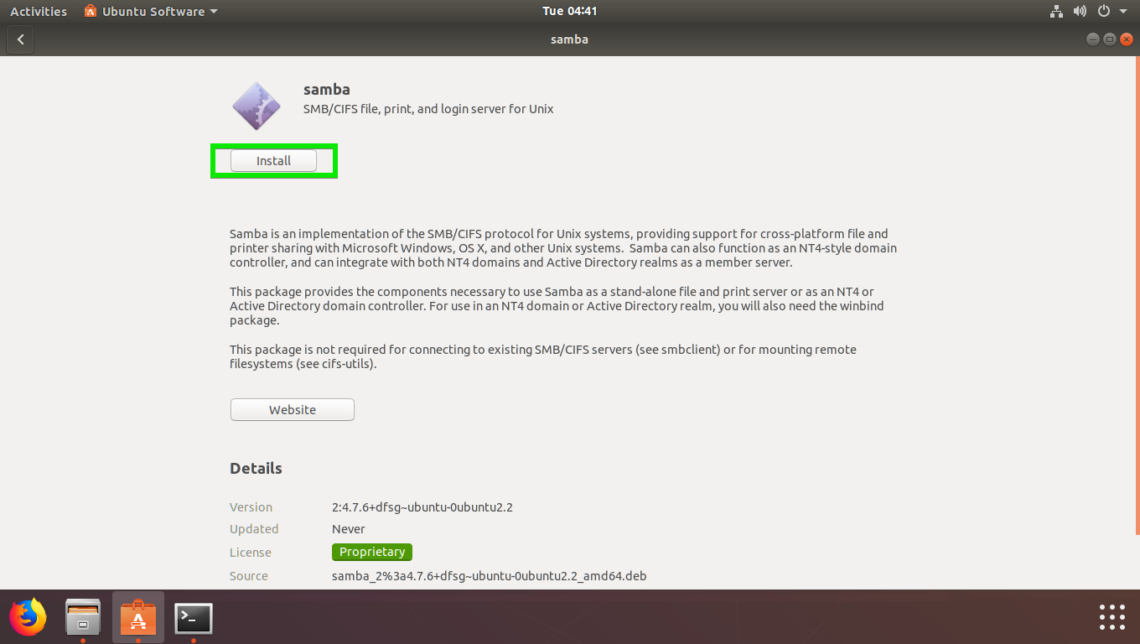


The '.deb' file format plays a crucial role in Debian-based distributions such as Ubuntu and Linux Mint. To uninstall a Deb file without removing configuration files, use the dpkg or apt command. Remove Deb File without Configuration Files Remove Deb File with Configuration Filesįully uninstall a Deb file together with its configuration files using the dpkg or apt command. For instance, for Google Chrome, we will run the following command: $ dpkg -l | grep chromeįrom the above output, we can use the exact program name for Google Chrome ( google-chrome-stable) software to uninstall it if necessary. Summary of Installed Deb Package Remove Deb Packages in Ubuntu, Mint, and Debianīefore uninstalling a '.deb' file, we need to be certain of its exact program name. Enter Sudo User PasswordĪfter a while, the software package should be installed. Install Deb File via Software CenterĬlick on it and provide a Sudoer user password for the installation to proceed. You should see an ‘ install‘ button for installing the selected software package. Next, click on the ‘ Select‘ button and wait for the application details to load. Select the ‘ Open With Other Application‘ option and choose the ‘ Software Install‘ option. Install Deb File Using GUI Package Manager To install Deb packages via the default Graphical Package Manager, consider the following installation steps: Their user-friendly interface makes it easy to install, manage, and upgrade packages as shown. Using a Graphical Package ManagerĪ Graphical Package Manager is an ideal alternative to install Deb files on Ubuntu and Debian-based systems. List Installed Package Using apt Command 3. Once installed, you can confirm the installed version of the '.deb' software package using the apt command. To install a '.deb' file using ‘apt’, implement the following command: $ sudo apt install. Also, '.deb' packages installed via this approach are automatically upgraded during the next system update. This approach of installing a '.deb' file automatically caters to the download and installation of missing dependencies. The apt command is effective in managing packages (install, upgrade, and remove) since it is the default package manager. $ sudo dpkg-query -l google-chrome-stableĬheck Installed Package in Ubuntu 2. Once installed, you can confirm the installed version of the ‘.deb’ software package using the dpkg-query command.

The -i flag in the command above triggers the installation of the google-chrome. The dpkg command is used to install, manage, and remove '.deb' software packages along with their dependencies if any as shown.


 0 kommentar(er)
0 kommentar(er)
